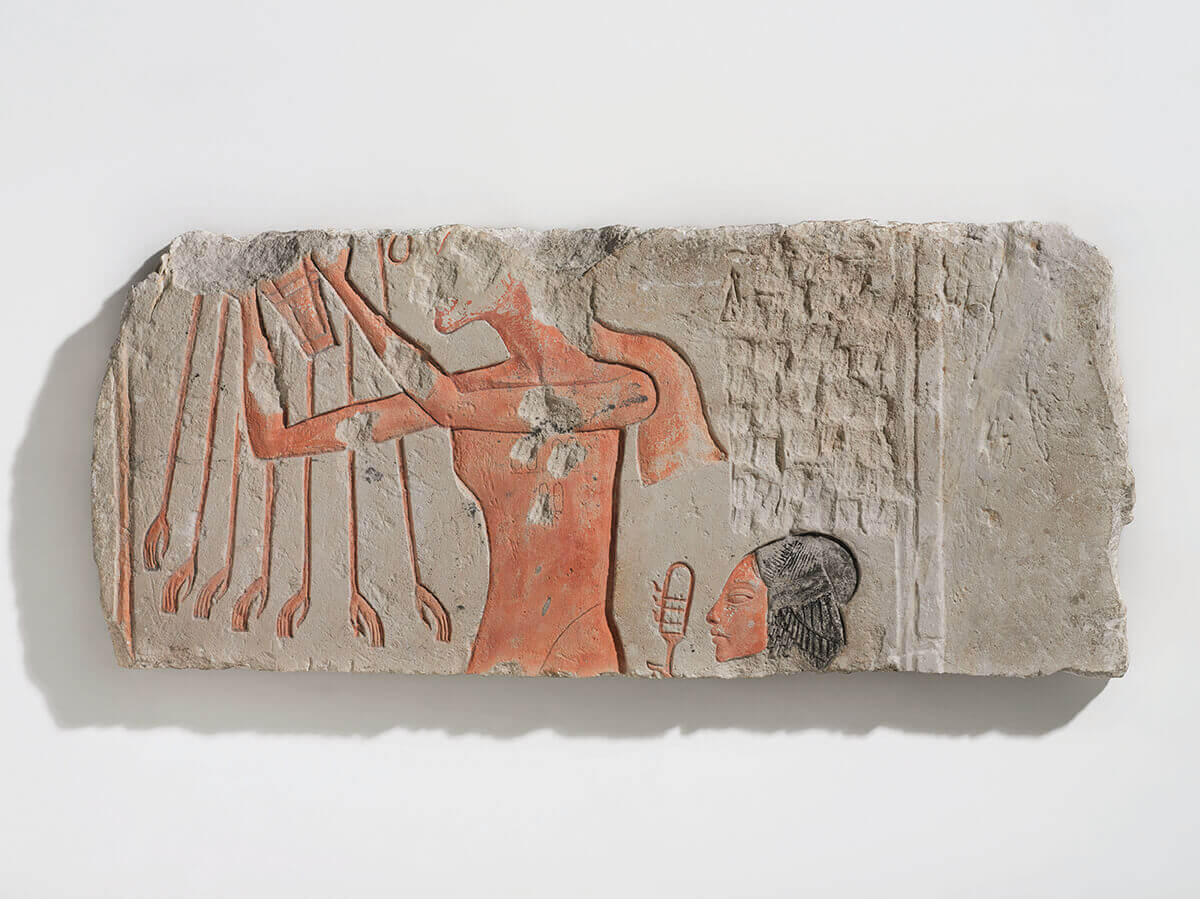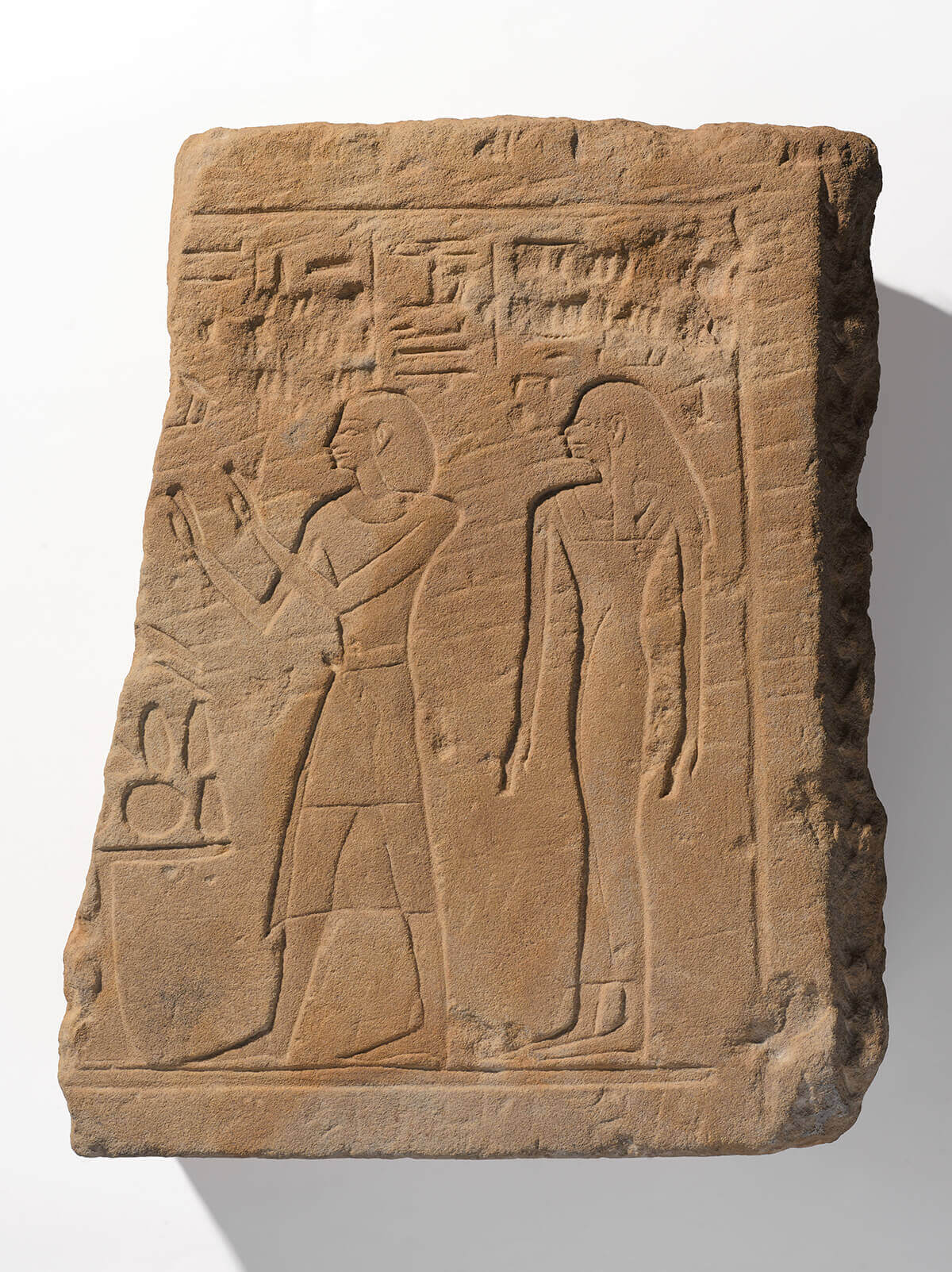Striking Power explores the history of iconoclasm in relation to ancient Egyptian art through forty masterpieces on loan from the Brooklyn Museum of Art. Focusing on the legacies of kings Hatshepsut (reigned c. 1478–1458 BCE) and Akhenaten (reigned c. 1353–1336 BCE), as well as the destruction of objects in late Antiquity (3rd to 7th century AD), the exhibition pairs deliberately destroyed artworks with undamaged examples. Iconoclasm is a practice that spans history and continues to the present day, but Striking Power explains the ritual basis for image-destruction in ancient Egypt—namely that artworks served both as physical representations of an individual as well as containers of his/her powerful spiritual energy.
- The Museum will be open today from 11:00am - 9:00pm.
- Admission will be FREE from 4:00pm - 9:00pm. Sponsored by Vystar Credit Union.
The Museum is open today from 10:00am - 4:00pm.
Admission is FREE from 10:00pm – 4:00pm. Sponsored by Citi.




